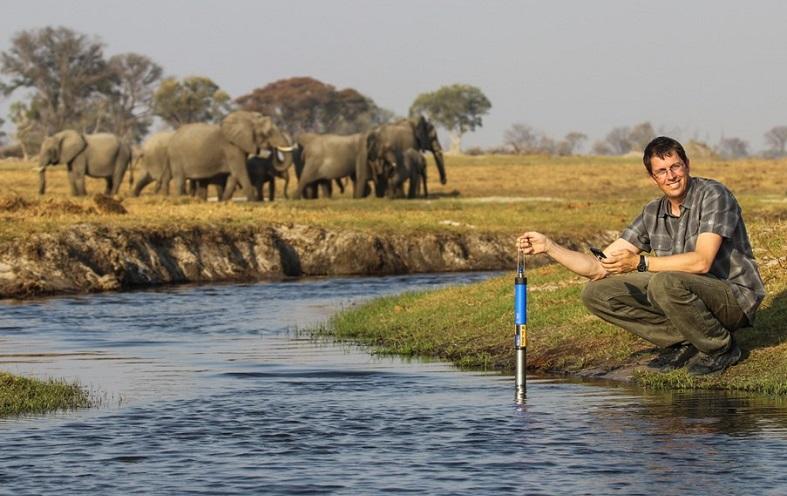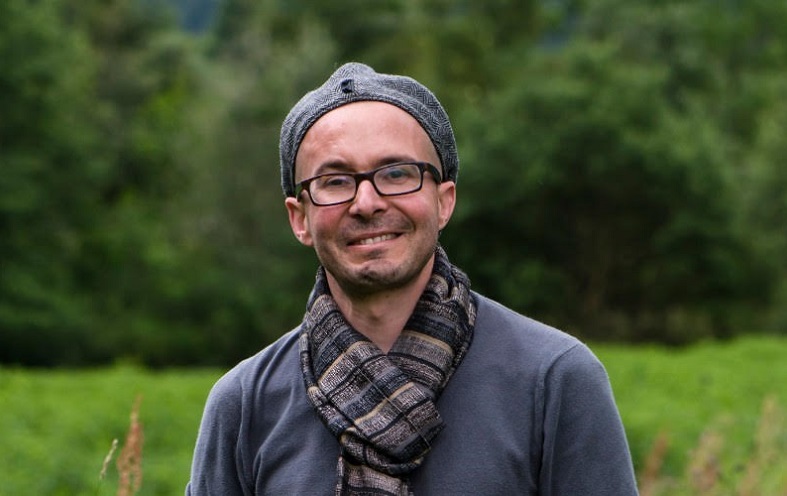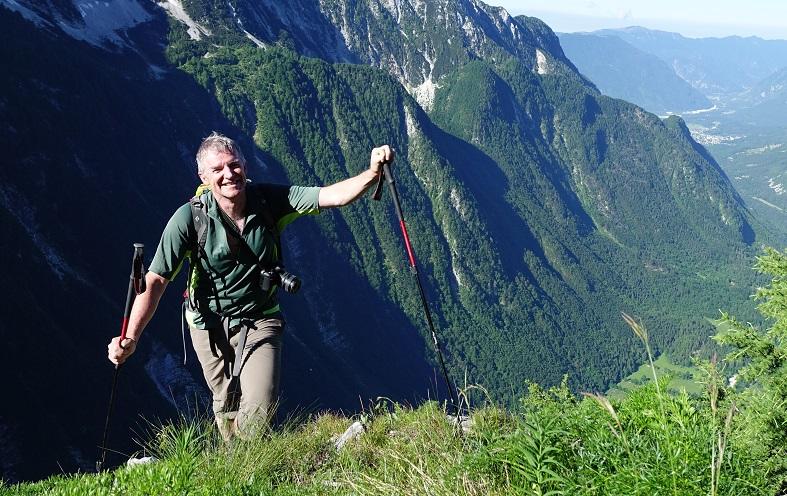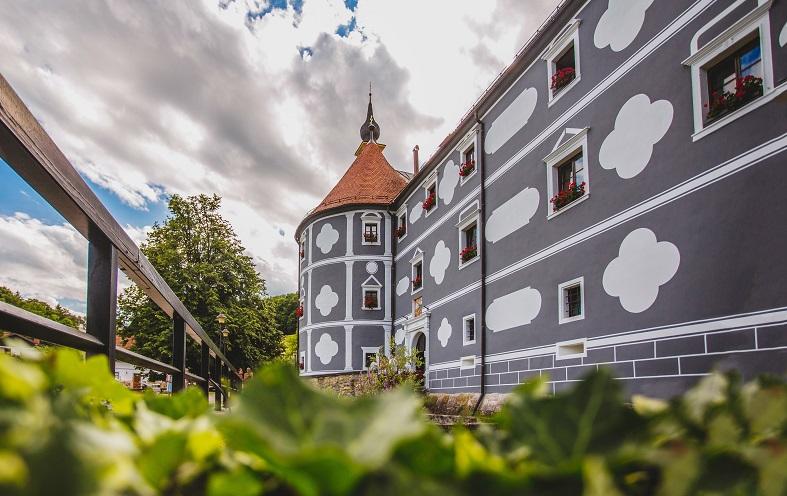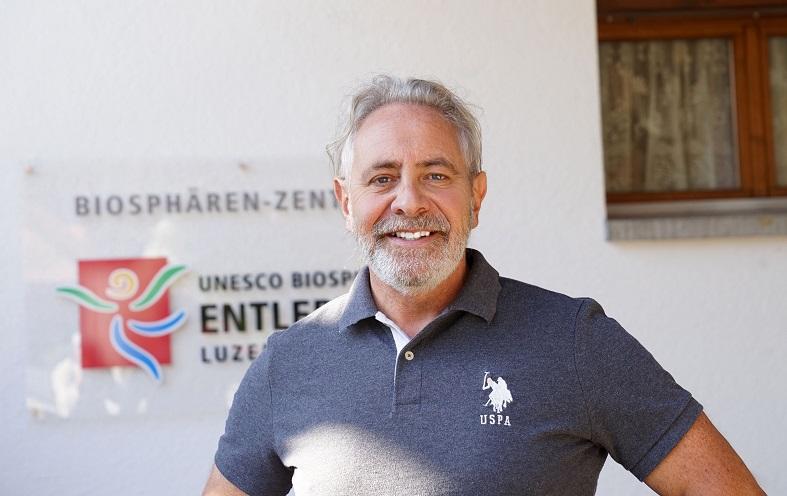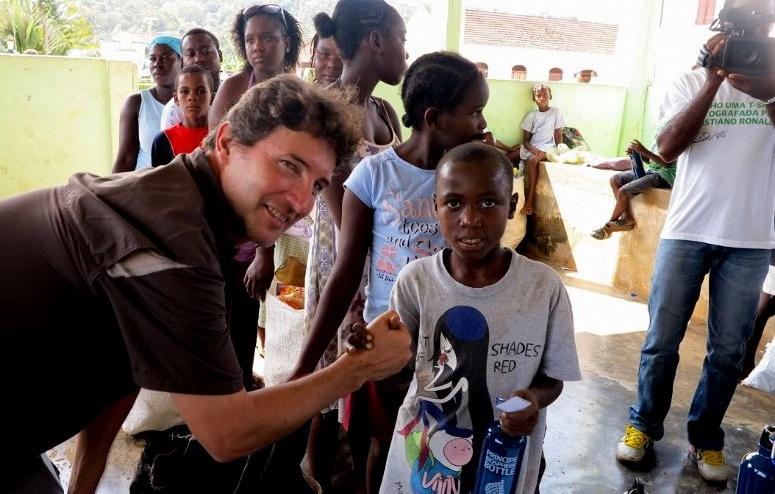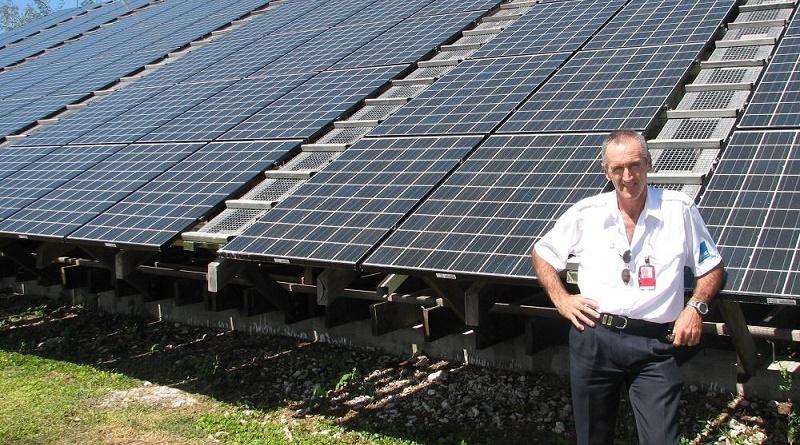
In terms of sustainable destination development, the award-winning Burren and Cliffs of Moher Geopark in Ireland is a good example to learn from. But it wasn’t always like that, tells us Carol Gleeson, Manager of the Geopark. She also shares her thoughts on sustainable tourism and discusses the many challenges destinations face on their path towards sustainability.
Learn about:
- How the Burren Geopark introduced sustainability – how it all began;
- The main lessons from developing the Burren Geopark destination brand;
- Which challenges destinations frequently encounter regarding sustainability;
- How the destination has benefited from winning responsible tourism awards;
- Which institutions in the EU are helping the Geopark to fund its sustainability initiatives.
Carol, do you remember when you discovered your passion for sustainability? What inspired you?
I was first introduced to the concept by Mary Mulvey during her days at Green Box in Ireland. I found her work there very inspiring. In 2008 I took a group of businesses to meet her and the Green Box businesses, and our own programme was directly influenced by what we saw there. We modified it over the years to suit our own needs.
Can you tell us about the situation of the Burren Geopark when you started to get involved? How did you convince the park management to focus on sustainable tourism?
The need to balance tourism, community and environment in the Burren had been recognised since the 1970s. Numerous reports, consultations and a short term ‘environmental tourism’ project preceded and informed the project that I started working on in 2007.
The project was called ‘The Environmental Protection of the Burren through Visitor Management Initiative’ and was essentially a sustainable tourism programme. It was developed with a lot of input from local, regional and national stakeholders, funded by the National Development Plan and co-funded by a range of tourism and conservation agencies. This project was managed by Clare County Council, the local authority.
We soon changed the rather unwieldy name of the project to ‘Burren Connect’. One of our aims was to set up an Ecotourism Network of businesses. It was through the development of the network and the local business enthusiasm for it, that our management and our key tourism agency supporters, Failte Ireland and Shannon Development, saw the potential of sustainable tourism. It was considered ‘niche’, but it suited the Burren.
The Burren became a Global Geopark in 2011, and the work programme of Burren Connect came under the remit of the Burren & Cliffs of Moher Global Geopark. From the beginning, management and funders agreed that sustainable tourism would be a core remit of the Geopark.
The sustainable concept has gained traction. It is becoming recognised as our USP [unique selling proposition] and has slowly become more mainstream. The core values and work programme of the Geopark are written into the County Development Plan, a statutory planning document which guides the work of the local authority, our management.
In your opinion, does the concept of sustainability differ in the context of destinations, as opposed to tourism companies or specific “products”?
I believe that the most important core values of sustainability benefit to the local community and the protection of the environment. It can be easier for a business to embrace these values in the products they produce and in the culture they work in.
It’s much more challenging to get all stakeholders in a destination to buy into the long-term planning and commitment that sustainability requires. This demands a significant amount of time and resource, and often a change in the culture and structures of the organisations involved. It’s a big ask. However, the concept and core values stay the same.
What would you say makes the Geopark approach unique, compared to other destinations and their sustainable development efforts?
To be really honest, I have been so focused on working to adapt and develop the sustainable programme to suit the Geopark and its people that I have not spent a lot of time investigating how others do it. The destinations that I do know about and which impress me have all adopted the same approach; providing the personnel to work with local communities to develop programmes that suit them while being supported by government departments and regional agencies.
The destinations that succeed with sustainability adopt a ‘bottom up meets top down’ approach.
Within the UNESCO Global Geoparks Network, we are recognised for our work on the development of a network of tourism businesses that have adopted the Geopark’s Code of Practice for Sustainable Tourism, and are seen as leaders in this area.
I believe that we have managed to create a movement in the Geopark that is solid, genuine, practical and deeply rooted in the psyche of these businesses. The alternative is now alien to them.
As the project manager, which have been your main lessons from developing the Geopark destination brand?
Work with agencies, businesses and communities. Listen to what each wants and can deliver and try and find a happy medium. Develop the brand from this. The brand must have meaning and a mission. The brand means nothing if there is not local buy into what it signifies, promises and can deliver on. They have to feel they can trust it.
Our destination brand signifies standards, and we have to ensure that there is a long-term commitment to the maintenance of these standards. This requires the commitment of the agencies behind the brand. The ideal scenario is that this commitment is there from the beginning.
To keep this commitment in place, the brand has to prove itself in terms of its attractiveness to the businesses that are interested in supporting it, the quality of the products it represents, the media channels it is promoted in and its ultimate attractiveness to the visitor and target audiences. This takes time to develop.
In previous interviews, you mentioned that “time” has been one of the most difficult tasks in managing the project. Why?
Sustainability at a destination level requires a lot of stakeholders singing off the same hymn sheet at the same time.
And with agencies, the long term planning and commitments necessary for sustainability can require a big change in how the organisation thinks and acts. This takes time, and each organisation changes at its own pace.
It can be relatively easy to get people around the table. It’s not so easy keeping them there. A lot of the time, it’s not the decision-makers that show up. So it can sometimes be very difficult to progress at an effective pace.
Funding programmes often have unrealistic time frames for spending grants and achieving outcomes. It’s easy to say that one should factor time constraints in at the beginning, as a form of risk assessment, but such an assessment could be a very de-motivating and a ‘risk’ in itself.
In my experience, the only approach to time difficulties is to be dogged, to persevere. The important thing is to keep going, keep engaging, keep an open mind, always look for solutions and celebrate the wins. Be not afraid of failures, for they can teach as much as the wins.
Timing is very important, some things need to be done quickly to keep people engaged, other things are best left sit awhile until the time is right.
Gastrotourism has now become an essential part of the project. Is there any other topic or trend which could be pursued under the GeoPark destination brand umbrella?
Yes, the whole area of intensive learning, understanding, and exploration of our landscape and culture is ripe for development. There is an opportunity for visitors to go deep in their experience of a place and its culture, and we are currently starting to explore this with other stakeholders in our communities. We also want to make our Activity Trail programme as successful as the Food Trail.
As the Burren Geopark has evolved, visitors have switched from mostly day trips to longer stays. How do you manage and “control” tourist influx? Are there any worries yet regarding “overtourism” and the carrying capacity of the park?
Just to clarify, the Geopark is not like a National Park with controlled entry and exit points. It is a region that has certain characteristics in terms of geology and culture, with a management programme that promotes conservation, education and sustainable development (often in the form of tourism).
In our Geopark, the capacity varies a lot within a few kilometres. Some locations have managed visitor facilities and services, many do not. Our main attraction is the Cliffs of Moher Visitor Experience. This centre’s visitor numbers have doubled in 10 years, to 1.5 million and counting in 2017. The coach tourism business has also increased by at least 60% in that time.
Our tourism programme has focused on developing products to encourage longer stays, but a combination of easy accessibility from large urban centres, very effective social media promotion, affordable price and a lack of policy on coach licensing has led to the big growth in day trips.
We have been researching the trends, surveying impacts and lobbying for a clear strategy from the local authority and the centre’s management on how to address this growth.
I do believe we have reached a level of ‘over-tourism’ at particular points of the season in this part of the Geopark. We need a number of agencies to work together to manage the day coach tourism business.
Which, in your view, are the main challenges in terms of succeeding with the sustainable development of a tourist destination?
- Achieving commitment to a shared vision from both local communities and government agencies.
- Getting support from the major agencies and decision-makers at policy and departmental level, where the big decisions are made.
- Developing and maintaining trust relationships.
- Keeping people engaged and committed.
As a WTTC Tourism for Tomorrow award finalist in the destination category, and winner and finalist of several other awards, how have those recognitions impacted you?
They gave us confidence and a certain authority. They gave us visibility. They gave us external validation and credibility. They helped us believe in ourselves and the work we are doing. They helped us take our heads up from what we were doing and take stock, and present this to others.
They helped us meet like-minded people and introduced us to fantastic people and projects. They helped us network internationally. They allowed us to celebrate our wins!
Which other destinations have served you as inspiration, regarding sustainability performance?
Slovenia, definitely! An excellent example of government-fostered sustainable tourism at a destination level. Also the social enterprise programme in Spiti Valley, India and the Ecosphere programme.
What’s next for the Geopark? Are there any planned projects that you feel particularly excited about?
We are just finalising a five-year development programme, funded under the EU LIFE scheme and co-funded by the County Council and tourism, academic and conservation agencies.
We have developed some exciting initiatives on integrated management approaches, on governance and policy and on a code of practice with businesses. We want to strengthen and consolidate these developments in the coming years and integrate them into the day to day operations of our agencies, businesses and communities.
We will present these programmes at our final conference on the 23rd of November. They can be transferred to other destinations and we look forward to establishing closer ties to destinations in Ireland and elsewhere, and among the UNESCO Global Geoparks Network, who are interested in adopting these programmes.
We are also embarking on an INTERREG-funded programme with 12 other Geoparks located along the Atlantic to develop a collective approach to developing and promoting geotourism, with sustainability at its core, at a transnational level. This initiative, Atlantic Geoparks, is just beginning.
Thank you, Carol.
Learn more about the sustainable destination management approach and initiatives at the Burren Geopark in Ireland here, follow Burren Geopark on Facebook or Twitter.
Enjoyed our interview with Carol Gleeson on sustainable destination management strategies, successes and challenges at the Burren Geopark in Ireland? Spread the word!
rxbuywithoutprescriptiononline.com/lipitor.html
rxbuyonlinewithoutprescriptionrx.net/buspar.html
Vardenafil no prescription


